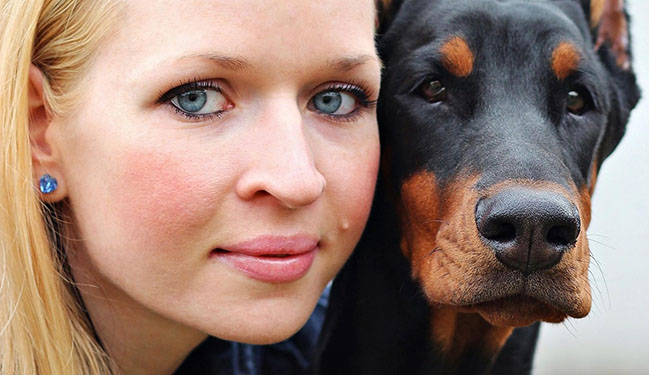
A proven method to save 90%+ homeless animals in a community through comprehensive implementation of 11 rescue components:
The No Kill Advocacy Center was founded in 2004 by Nathan Winograd. Nathan had created the nation’s first—and at the time, only—full-service No Kill community, saving not only dogs and cats, including all community cats, but rabbits, hamsters, gerbils, horses, and others.
From Wikipedia: A “no-kill” shelter is an animal shelter that does not kill healthy or treatable animals even when the shelter is full, reserving euthanasia for terminally ill animals or those considered dangerous to public safety. A no-kill shelter uses many strategies to promote shelter animals; to expanding its resources using volunteers, excellent housing and medical protocols; and to work actively to lower the number of homeless animals entering the shelter system.
Contrary to some negative press, please note that that the “no-kill” movement NEVER advocates for warehousing sick animals or aggressive animals. It means an end to the euthanasia of animals that are not irremediably suffering.
We know this works because there are already many communities across the country that have achieved NO KILL status (Save Rate of 90 %+) using this formula. Won’t you help Loudoun join this elite group?
It’s easy – go to our Volunteer page and let us know you are interested. We need help with all kinds of tasks:
HSLC prides itself on our wide network of community relationships including:
This is the rescue term for keeping pets in loving homes during challenging times, such as an illness or temporary unemployment. Keeping a family pet in his own home reduces intake at the county shelter allowing limited resources to be used for animals without a support system. There are several programs to assist families in need:
We are out in the community! Please regularly check the calendar on our home page for times and locations of weekly Adoption Events and look for our tent at community festivals all year long. In addition, we often partner with local restaurants, businesses & non-profits for fun and educational events throughout the region- so please stop by and meet our furry friends!
Do you have an idea for a fundraiser or know of a group that would like to organize a project to benefit HSLC? We would love to hear from you! helpanimals@humaneloudoun.org
This is the rescue term for Lost & Found. There are several things you can do right now to prevent your pet from becoming lost and to improve his chances of quickly returning home:
“The response to the suffering of others that motivates a desire to help”